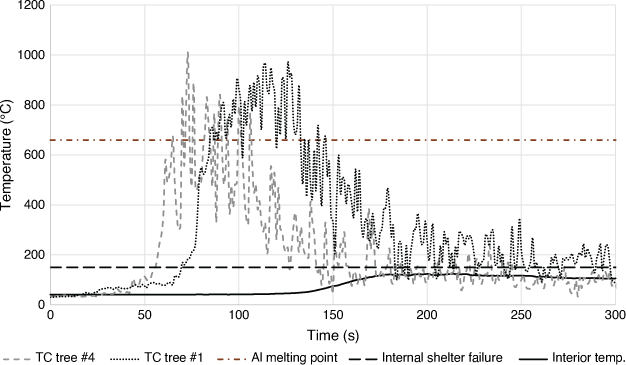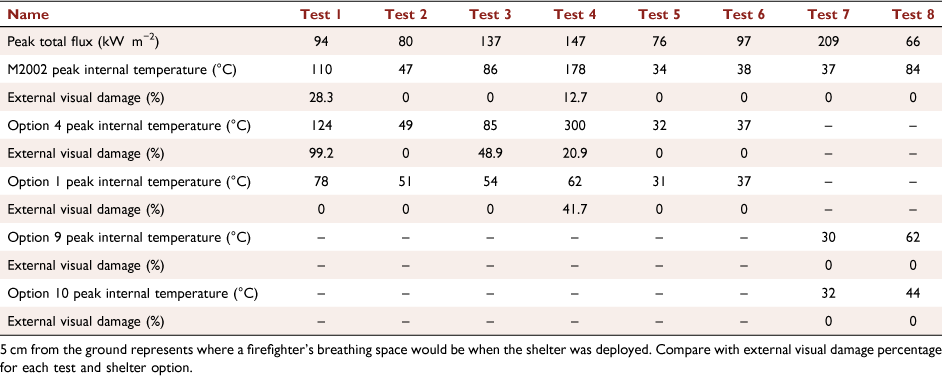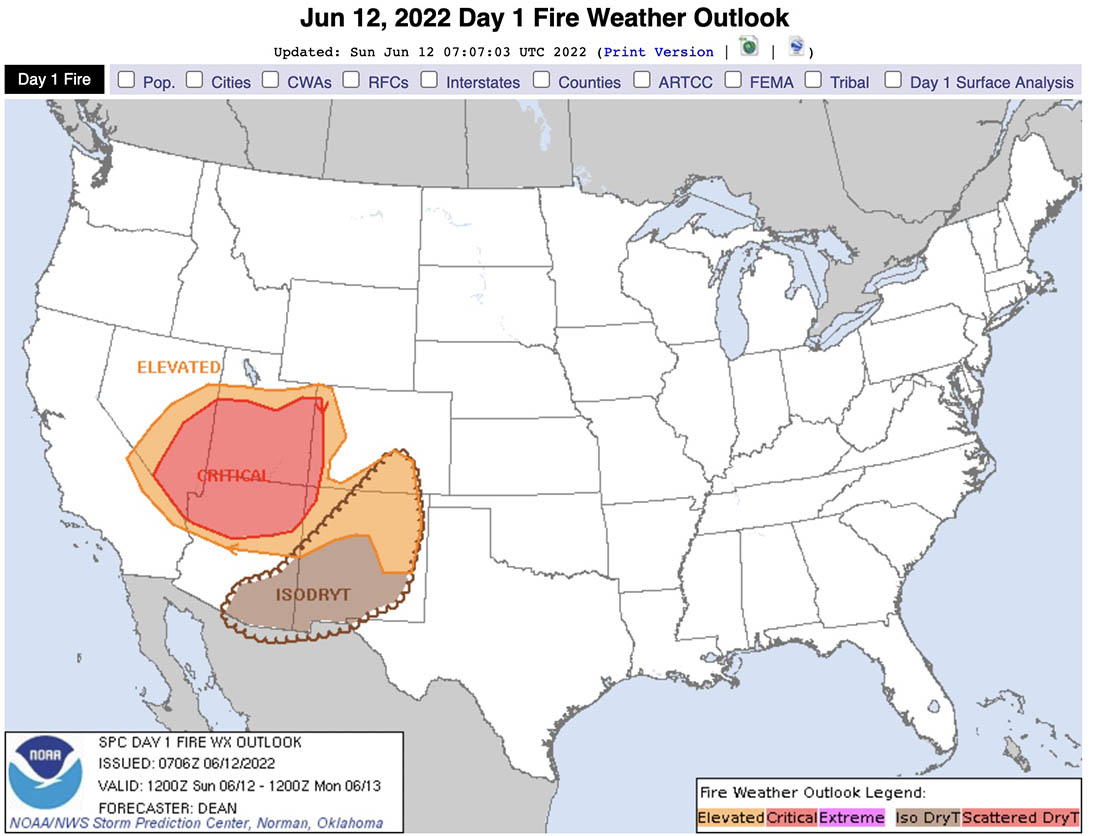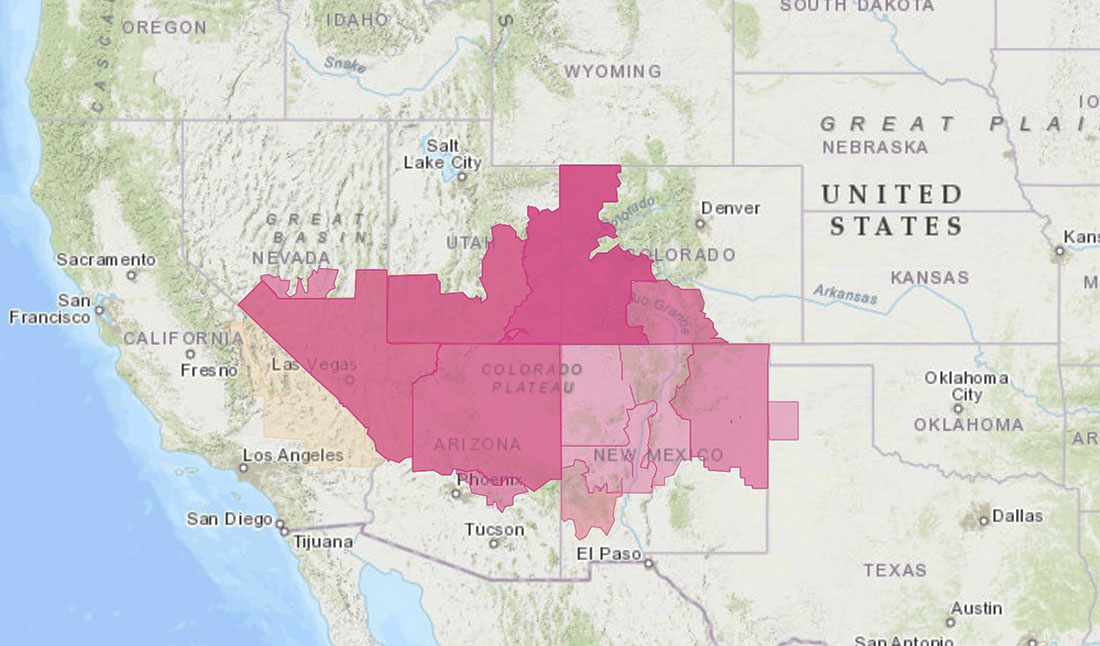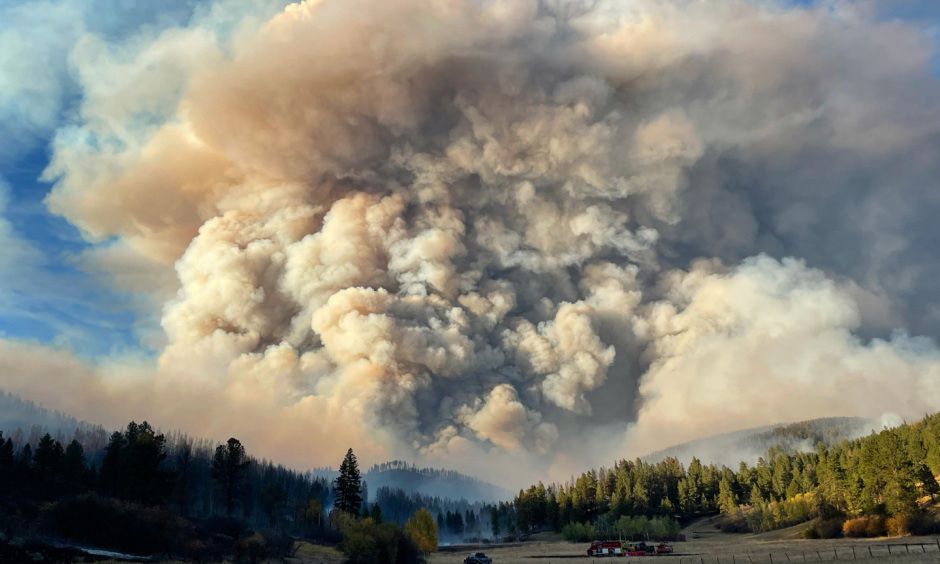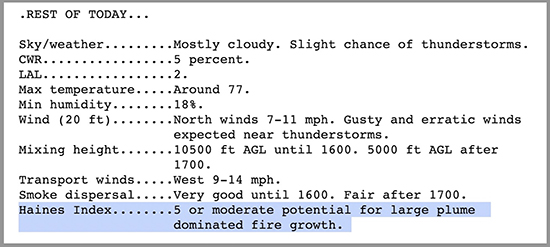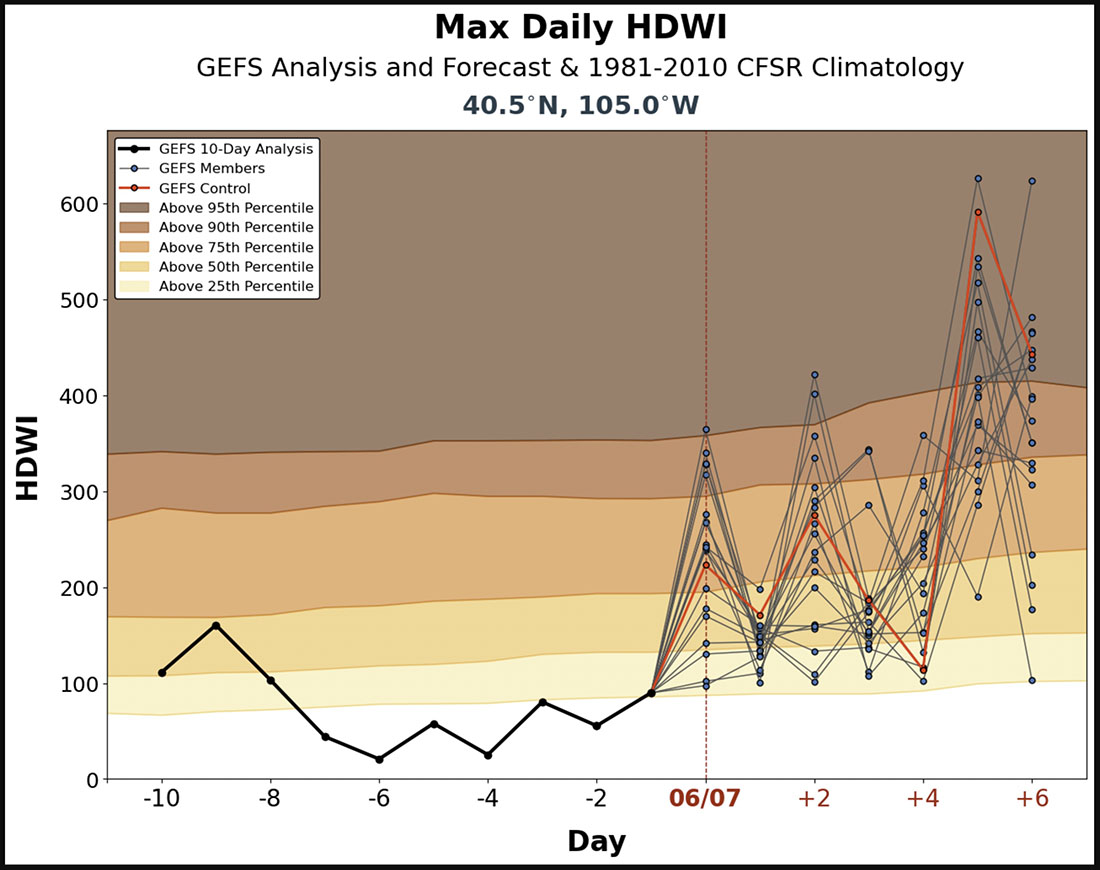
By Kelly Martin, President of Grassroots Wildland Firefighters
I’ll be the first to admit that I am not a personnel specialist nor am I am classification expert. When I worked on the inside as a federal government employee, I witnessed first-hand my inability to effectively recruit, promote and retain top talent. I felt frustrated as a Fire Management Officer to see applications disqualified because of our conservative approach to human resource management. 301 versus 401 job series; two different Departments creating Interagency Fire Program Management Standards; lack of career ladders and developmental position descriptions; five different agencies interpreting personnel regulations; GSA policy which forces agencies to raise employee housing rents to be comparable with surrounding communities; and known higher morbidity and mortality among wildland firefighters. I’m sure the reading audience here will add to this list. There are many systemic problems with recruitment, promotion and retention that cannot be fixed by creating a new job series classification for federal wildland firefighters and implementing hourly wage increases, but it’s a start to a long game that people have been dedicated to for decades.
To say that Grassroots Wildland Firefighters started this effort to correct years of misclassification and addressing oppressive wages falls short of recognizing the many hundreds of people who have come before us. As I read old reports and research, I can say there have been some very dedicated and persistent federal employees who tried to correct a growing concern about recruitment and retention who are now watching their original efforts come alive again. They are there silently and some vocally stepping forward to advocate on their own behalf for much needed reforms. All of us past, present, and future federal wildland firefighters feel like we have finally elevated our collective voice to our DC agency leaders who are willing to listen, sympathetic national media outlets, and most importantly the people we have elected to represent us in Congress who are interested in becoming more educated about federal wildland firefighters
We are on the eve of announcements from Office of Personnel Management through our five federal wildland fire agencies regarding Wildland Firefighter Classification and Compensation. Grassroots Wildland Firefighters holds a hard line that any new classification shall include a job series that addresses all primary and secondary firefighters from “hire to retire”. What gets announced from OPM is anyone’s guess. Not exactly sure why this classification process has to be so secret and opaque.
First let me start with what we can anticipate will be addressed as it pertains to Classification. We will not likely remain in the GS-0462 Forestry Technician series as federal wildland firefighters, although you can choose to stay in that series. In the late 60’s and early 70’s there was a series for entry level firefighters called Fire Control Aids as GS-0456-3,4 and 5’s. Maybe it went higher than a GS-5 but I can’t seem to find any documentation of such. Many people older than me who spent a career in federal wildland fire explained that there were no career ladders for wildland firefighters above the GS-5. Enter 0462 Forestry Aids and Forestry Technicians. In the 1970’s Regional and National leadership could see a career path for this new and emerging field of wildland fire management. Problem was there was very little career advancement beyond a GS-9 technician. Some of you reading this will remember the shift to a GS-0460 to get people in higher leadership positions but they needed a college degree in Natural Resources. The GS-0301 and GS-0401 series for upper management positions is still in use today but was to be discontinued when OPM completed the new position description for Federal Wildland Firefighters. I remain hopeful we will all be in one series.
So where does this leave us today? We may see a re-tread of the GS-0456 series – the original Fire Control Aid of the 60’s and 70’s; we could see the GS-0081 series, a mostly Department of Defense structural firefighter series which would subsume wildland firefighters, or we could see a whole brand-new series devoted specifically to federal wildland firefighters. Whatever gets announced will surely be welcomed by thousands of federal wildland firefighters, or maybe it will fall short of our expectations. We do know there is no link between this new classification series and an increase in pay. The new series will be the same pay as our current General Schedule pay rate; no change.
Now for compensation. We know that an increase in pay is not the answer to all our proposed reforms, but compensation will certainly begin to address the oppressive wages we have been living and dying with for decades, to say nothing of our inability to secure affordable housing.
As you know the Infrastructure Investment and Jobs Act has a provision in the law to increase wildland firefighter compensation. Our original hope was to increase firefighter pay by 50% or $20k for all primary and secondary firefighters regardless of GS level. The intent of the law, as broadly defined, would provide an hourly pay raise by 50%. So a GS-3 making $13.78 in 2022, under the law, would essentially become $20.67 an hour for base pay and roughly $31.00 overtime rate. Given the risk, exposure and consequences for these women and men on the frontlines as we speak, they are the ones most vulnerable to accidents, injuries, lifetime disability, and potential line-of-duty death. Hard to affirm if this compensation seems reasonable for federal wildland firefighters in an effort to better recruit and retain top talented individuals, but certainly better than we have now.
This is a once in a generation (or several generations) to get this right for the federal wildland firefighters who are on the firelines today watching us, expecting us to act deliberately for classification and compensation reforms, providing physical and mental health resources, and affirming presumptive diseases and cancers. We are far from the finish line but we are making an impact due in large part to all of you who have and continue to support and put sweat equity into Grassroots Wildland Firefighters.
A sincere heartfelt thank you to all of you and to Wildfire Today for amplifying our collective voices!





